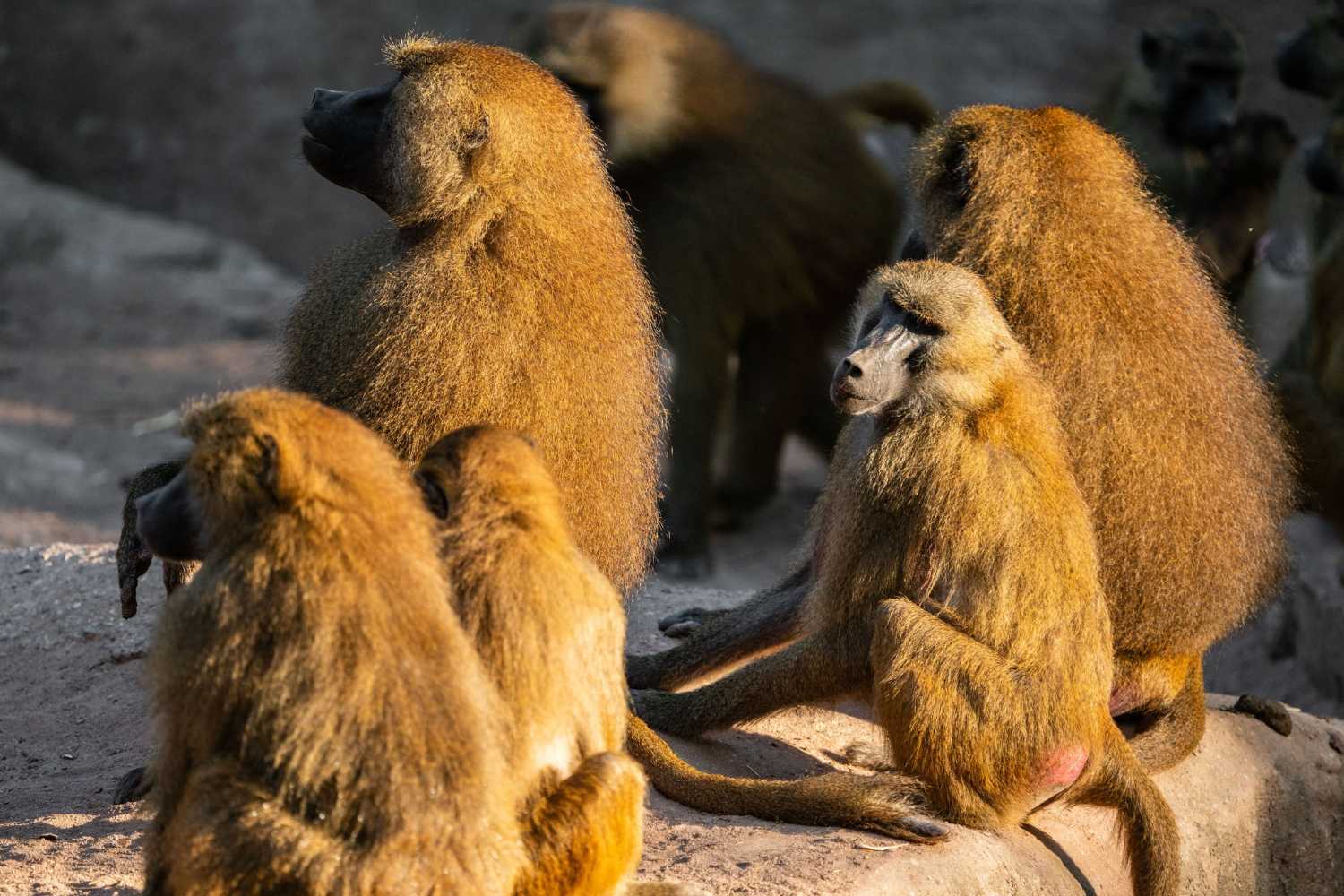The culling of Guinea baboons at the Nuremberg Zoo has ignited fierce debate over animal welfare and zoo management. Critics argue it reveals flaws in the ethics and responsibility of captivity.

@Zoo di Norimberga
At the Nuremberg Zoo in Germany, the culling of twelve Guinea baboons has ignited a national controversy. The animals, all in good health, were put down due to overcrowding in their designated enclosure. The decision, deemed “necessary” by the zoo’s management, has prompted waves of indignation, with protests and accusations from animal rights groups.
Overcrowding and the limits of zoo management
The problem had been brewing for some time: the troop had grown to over 40 individuals, yet the area was only designed to house no more than 25. Despite efforts by the veterinary team to implement contraceptive measures, these attempts had failed to yield the desired results, and no other European zoo offered to take in part of the group.
Zoo director Dag Encke clarified that neither expanding the facilities nor reintroducing the baboons to the wild were viable options. According to an official statement, the action was carried out in accordance with the EAZA (European Association of Zoos and Aquaria) guidelines, which consider culling as a “last resort” in critical situations. According to zoo staff, pregnant females and those under scientific observation were excluded from the culling plan.
+++Wir erhalten in den letzten Stunden viele Fragen zu diesem Thema. Bitte bedenkt, dass wir aufgrund der Menge nicht…
Posted by Tiergarten Nürnberg on Tuesday, July 29, 2025
The activist backlash: protests and arrests
This move triggered a fierce reaction from animal rights activists, culminating in demonstrations at the zoo’s entrance. Some activists chained themselves or glued themselves to the ground, while others attempted to breach the park in an effort to stop the culling. Seven individuals were arrested.
@news5live #Aktivisten ketten sich an Paviangehege: Aufsehen erregender Protest im Nürnberger #Tiergarten – #news #nürnberg #affen #pavian
Pro Wildlife, an animal welfare group, condemned the killings as “illegal and avoidable,” accusing the zoo of maintaining irresponsible breeding policies for decades. The German association for animal rights, DJGT, also heavily criticized the zoo’s actions: by law, “the killing of vertebrates is only permissible when there is a reasonable cause,” and overbreeding alone would not suffice.
A grim practice: feeding the baboons to predators
To make matters worse, the bodies of the culled baboons were fed to the carnivores housed in the same zoo. This act sparked even more outrage, fueling a heated debate not only about ethical considerations but also about the very sense of responsibility in managing captive animals. It became a final act of ruthless management, with the animal reduced to an object, a resource, and a burden to be disposed of in the most functional way possible.
Ethical implications: a system in crisis
What emerges from this incident is a stark disconnect between biology, bureaucracy, and morality: can we truly talk about conservation or environmental education, as zoos often claim, if the ultimate choice is death as an organizational shortcut? Is it acceptable to cull healthy individuals in order to correct human planning mistakes?
The case of the Nuremberg baboons is not merely about overcrowding, but rather a reflection of a system that, under the guise of care and science, reveals cracks in its deeply anthropocentric management. In this framework, animal life holds value only as long as it is useful or manageable.
Source: Zoo di Norimberga
